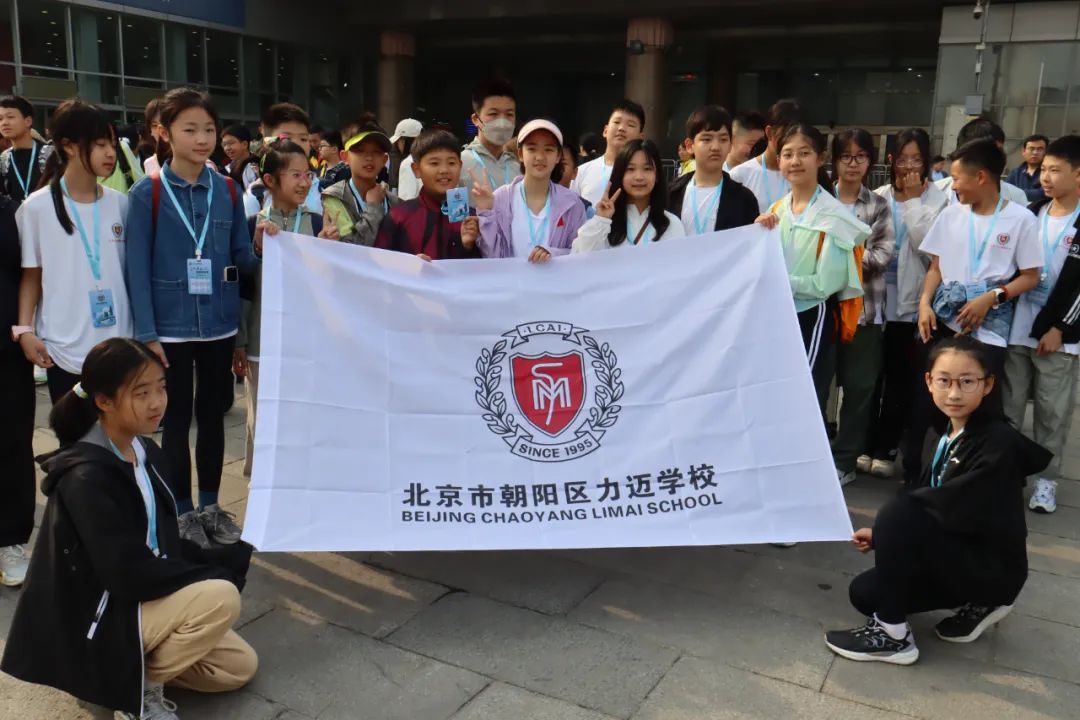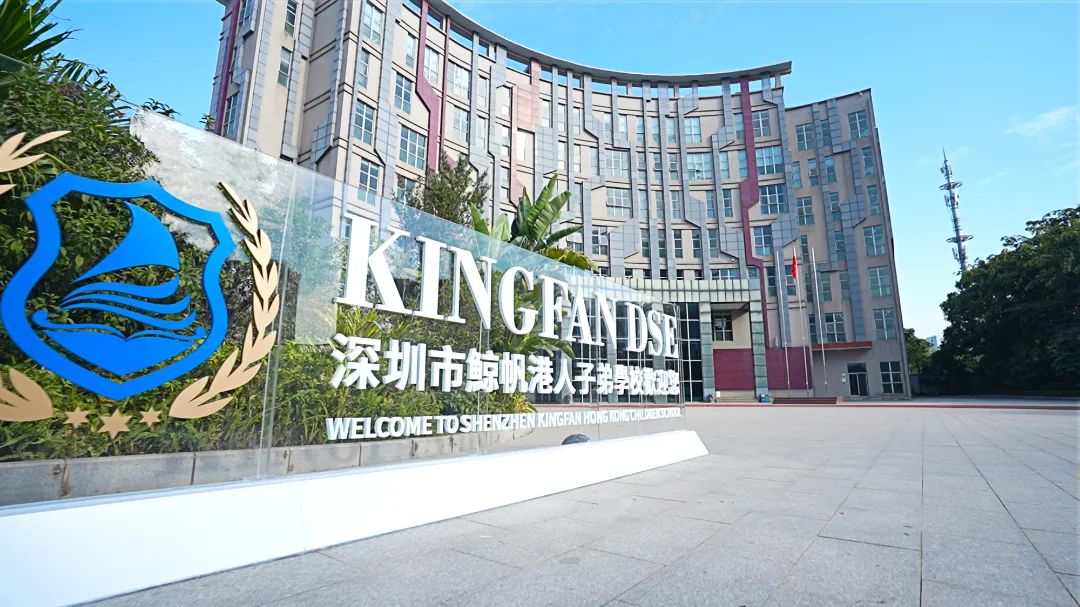Total number of words: 667 words
Learning textbook knowledge can cultivate higher-order thinking skills, but its impact is limited.
According to Bloom's taxonomy of educational objectives, cognitive domain goals can be classified into remembering, understanding, applying, analyzing, synthesizing, and evaluating, with higher-order thinking encompassing analysis, synthesis, and evaluation.
Anderson divides cognitive objectives into two dimensions: "knowledge" and "cognitive processes." The "knowledge" dimension includes factual knowledge, conceptual knowledge, procedural knowledge, and adds metacognitive knowledge. The "cognitive processes" dimension includes memory, understanding, application, analysis, evaluation, and creation. Creativity, imagination, analytical and problem-solving abilities are considered higher-order skills in some sense, and these abilities happen to be some of the strengths of human beings.
▲Fourth-graders song in the project "My Friends"
Project-based learning poses systematic reasoning, analysis, problem-solving, evaluation, and creative higher-level cognitive tasks for learners. Students need to plan, independently search for information, memorize, analyze, compare, organize, and synthesize information, and build a foundation of knowledge and skills. They design plans, attempt to solve problems, or complete projects. The knowledge and skills required for problem-solving are structured and organized within the project, where higher-order learning drives and envelops lower-order learning. Therefore, the instructional objectives of project-based learning directly target higher-order thinking skills.
If the classroom is filled with only lower-order thinking activities, students' engagement and development are insufficient. On the other hand, if it consists solely of higher-order thinking activities that surpass students' challenge capacity, they may experience frustration and lose motivation to learn.
In a single lesson, combining both lower-order and higher-order thinking activities to form a diverse, progressively layered core set of classroom activities is essential. This approach allows for the development of students' lower-order thinking while avoiding the loss of development in higher-order thinking, thereby achieving the effectiveness of classroom teaching.
Display Boards of
the Fourth-Grade Project "My Friends"
Higher-order thinking cannot be achieved through memorization alone. Only when teachers empower students by teaching methods and strategies, enabling them to independently engage in constructive activities, mobilizing their intrinsic motivation, and actively and deeply learning, can higher-order thinking be nurtured.
Project-based learning involves knowledge, information, and problems within a vast array of situations, requiring teachers to possess extensive knowledge and a structured knowledge framework. This promotes active collaboration among teachers from different disciplines and establishes a bridge for teachers and students to collectively address and solve problems.
The Children Rehearsed a Play and Showed it on Stage
For example, in the fourth-grade project "My Friends", students explore the architectural art and cultural history of various countries worldwide. Through group collaboration, they gather information and create posters and written materials. Additionally, they use English to introduce famous figures from around the world and notable characters from Chinese classical novels.
The Outdoor Study Exploration "Into the Window of the World, Exploring the World's Flavors" takes children into the park to learn about the architecture of Europa, the history and culture of the Pharaohs, about Spartan Training Camp, and about the Grand Canyon of Colorado in simulated architectural gardens of countries from around the world and in field explorations...Students deepened their knowledge of the project from both disciplinary and artistic perspectives.
The methods, strategies, and competency-centered cultivation approaches provided by interdisciplinary project-based learning will subtly infiltrate and migrate into the teaching of specialized subjects. This allows for the integration of content across different disciplines in subject-based learning.
Additionally, in terms of learning strategies, a balance can be struck between imparting knowledge and encouraging exploration within limited time. Efforts can be made to incorporate problem-based and project-based learning methods into foundational courses as much as possible.
There will also be a shift in the philosophy and methods of assessment.
Fourth graders explored
in Windows of the World Park
To foster the development of higher-order thinking, teachers should allow children to make mistakes and not insist solely on correct answers. In project-based learning, students frequently encounter setbacks and failures. Intentionally integrating these experiences into everyday educational activities, encouraging students to, at times, engage in creative imagination like writers and artists; explore the unknown rigorously like scientists; and, at times, approach tasks with an engineering mindset to structure, operate, and solve problems.
Questioning, trial and error, and creativity involve a continuous process of making mistakes, maintaining intrinsic motivation for learning, and adopting a proactive learning attitude. Over time, interdisciplinary knowledge and skills, along with the social competence to creatively apply knowledge, accumulate gradually and are achieved.





